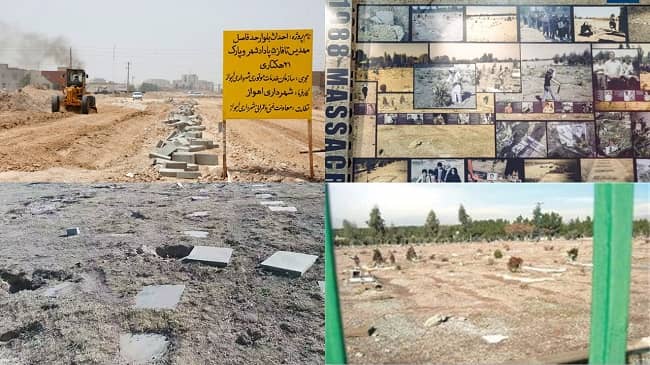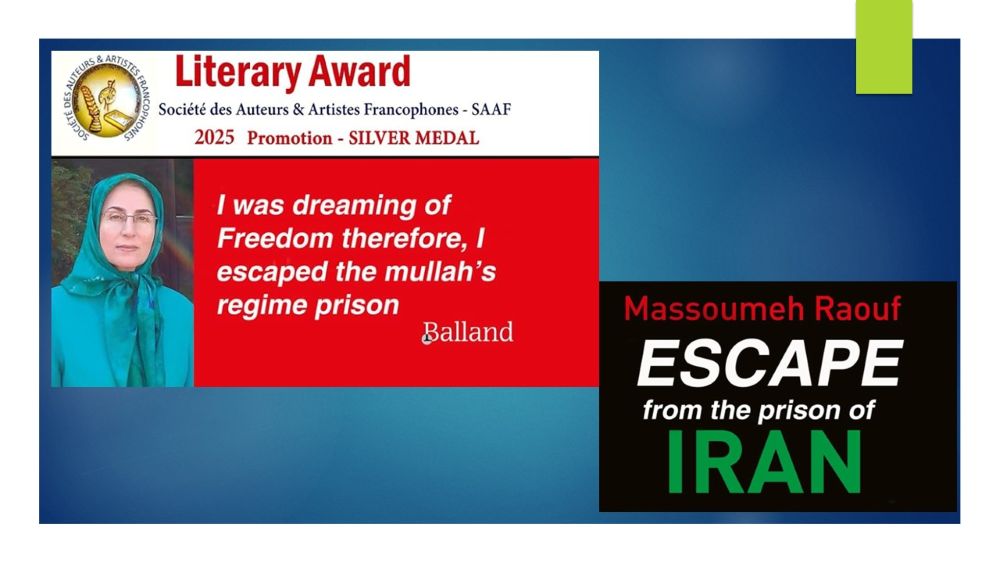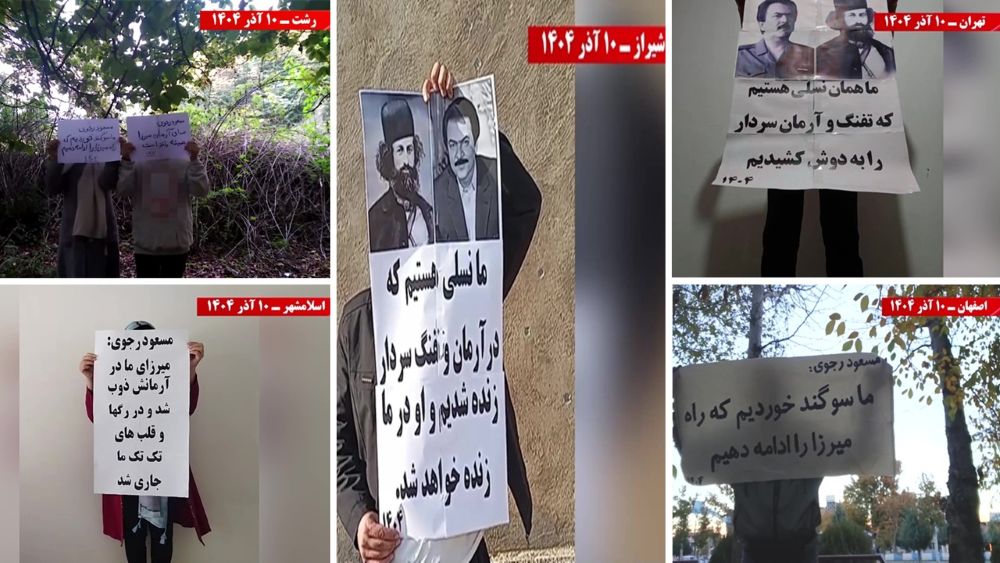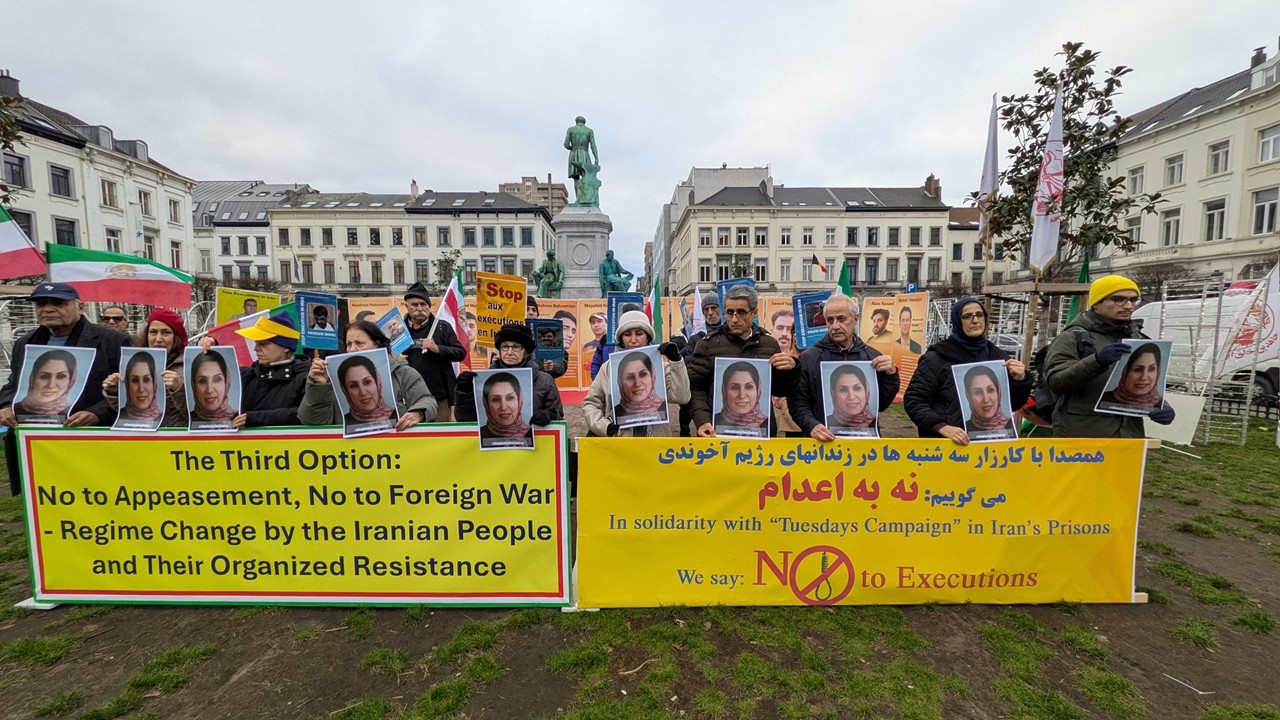In the summer of 1988, the Iranian regime secretly executed over 30,000 political prisoners and buried them in unmarked mass graves.
The victims were prisoners who did not bow to the regime’s dictatorship. Most victims were members and supporters of the Mujahedin-e Khalq (MEK)
Three decades on, the relatives of the victims are still searching for their loved ones’ graves and the regime refuses to provide any information.
Aside from two major mass graves, Khavaran and Behesht Zahra in Tehran, MEK identified mass graves in at least 36 cities across Iran.
Fearing the consequences, the regime started to destroy these mass graves.
According to the MEK, “In 2017, regime authorities destroyed the martyrs’ graves in Behesht-e Reza Cemetery in the city of Mashhad and Vadi Rahmat Cemetery in Tabriz.”
In a report in 2018, Amnesty International documented “actions taken by the authorities between 2003 and 2017 to destroy or damage seven confirmed or credibly suspected mass grave sites across Iran.”

According to the MEK, in September 2020, authorities destroyed a mass grave site in the city of Ahvaz, Khuzestan province, southwest Iran.
In April 2021, the MEK reported that “the clerical regime ruling Iran is destroying the Khavaran cemetery in Tehran.”
As Amnesty International underlined, “The purpose of these illegal acts is not only to prevent the handover of the remains to the families, but also to block the path of litigation and judicial justice for the 1988 victims.”
Ebrahim Raisi, one of the perpetrators of the 1988 massacre, is now the regime’s president. This indicates that the regime will continue its efforts to conceal the 1988 massacre and the fate of victims.
The UN Secretary-General, the High Commissioner for Human Rights, the Human Rights Council, and international human rights organizations should immediately act to stop the destruction of the martyrs’ graves and hold the perpetrators to account.



